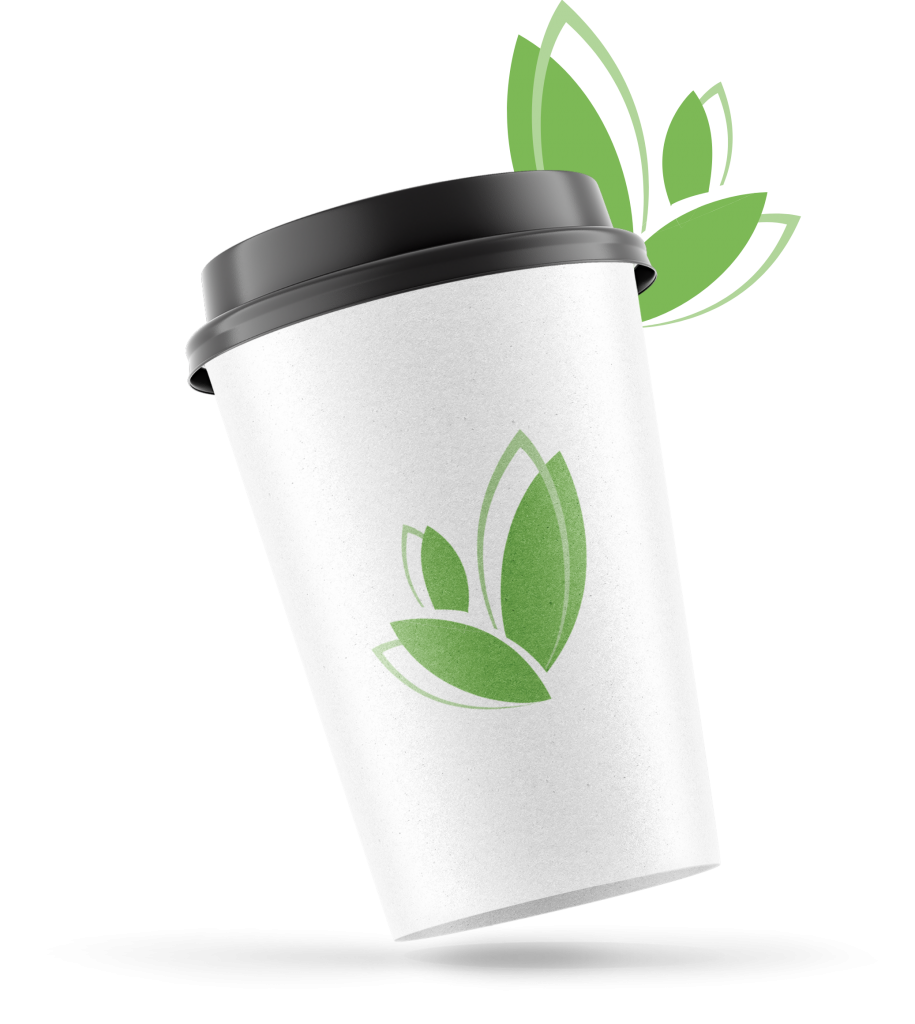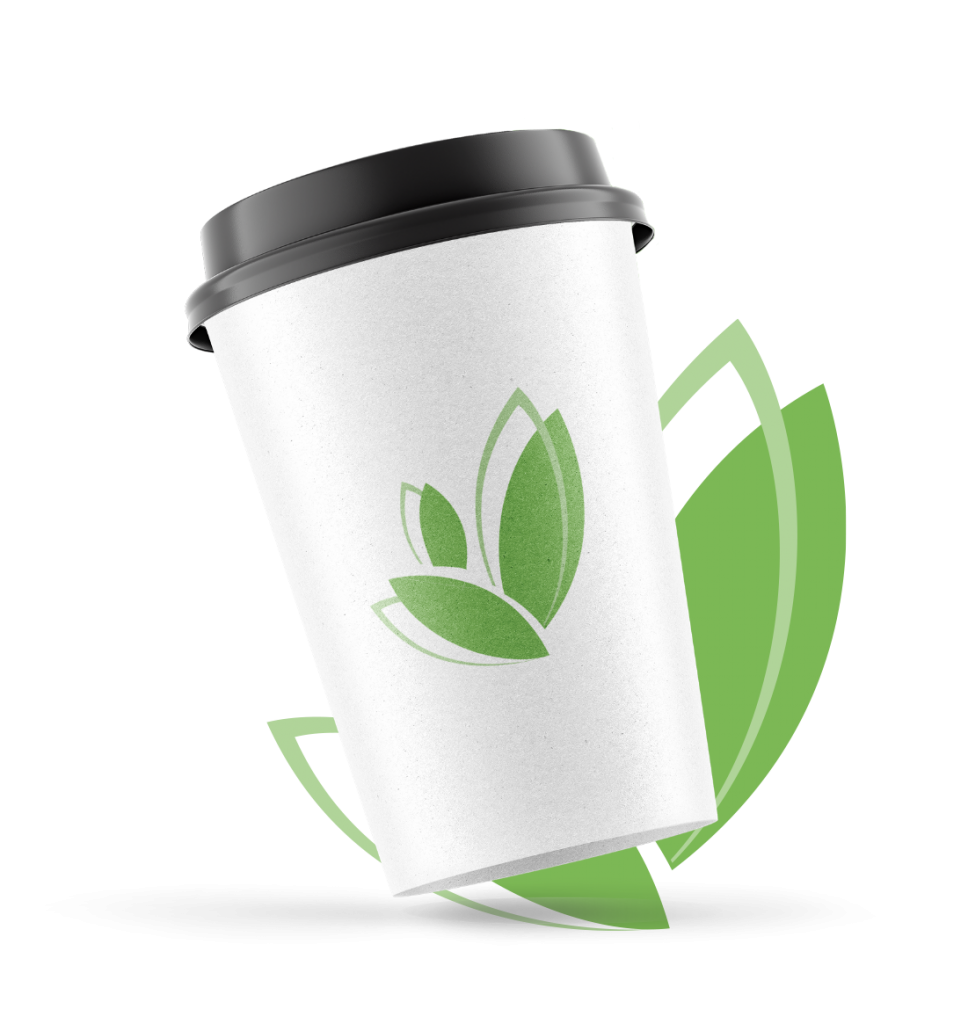Bio
Packaging
The World of packaging is recently changing in a considerable and fast way in favour of bio packaging.

Why
Be-NaturaL
?
More and more people get conscious of the limitations of fossil resources, but also of the impact of conventional plastics on the environment and the mountains of waste. Per annum 50 billion tons of plastic waste is created in Europe, and globally the figure is around 250 billion tons. Even worse is that those figures are still growing. This growing consciousness regarding environment, climate and green house gas effects stimulate the search for compostable packaging made from renewable resources.
We made it our task to promote and implement affordable compostable packaging. In order to insure our leading market position we constantly pay efforts together with our customers and suppliers on developments and improvements of bio packaging.
The 4 basic ingredients
Eco friendly packaging is mainly made from agricultural non-food crops or agricultural waste. Basically we can divide them in 4 main groups made from agricultural non-food crops:
Corn
The starch from corn is used to produce either thermoplastic starch or PLA (Poly Lactic Acid). Both are bioplastics of the first generation. In the meantime production evolves to bioplastics of the second and third generation which are less based on starch and more on agricultural waste streams.
Bamboo
For centuries the Chinese have known the benefits of using bamboo for paper. The pulp of bamboo is well suited to making fine papers of many varieties and adaptations. High-grade bamboo pulp can be, and is, used in its pure state for making coated and uncoated food containers. The high length to diameter ratio of bamboo pulps gives it a special versatility in the making process.
Sugarcane
Plant with short life cycle, in abundance available in Asia, Africa and South America. Bagasse is the fibrous residue (agricultural crop by-product) left over after the sugar cane has been crushed and the sugar extracted. The bagasse is pulped and ECF (elemental chlorine free) bleached, and then the bagasse fibers are woven to create a paper like structure. Sugar cane bagasse products compare favourably with common materials on the market today, such as Styrofoam and plastics.
Cellulose
Cellulose films are produced from sustainable wood pulp harvested from managed plantations. They offer a range of unique attributes which plastic films are unable to equal and can be supplied in a wide range of brilliant colours. Our cellulose based films are at the forefront of developments in biodegradable/compostable and sustainable packaging and is the most fundamental advancement in cellulose films for 40 years.
Products of
Be-NaturaL
Check out Be-Natural’s range here.
- Coated Paper Cups & lids
- PLA - cups - trays and film
- Sugar cane
- Customised (flexible and rigid packaging) solutions
- Others

Your message on a cup
- Efficient & fast communication
- More reach
- Substainable
